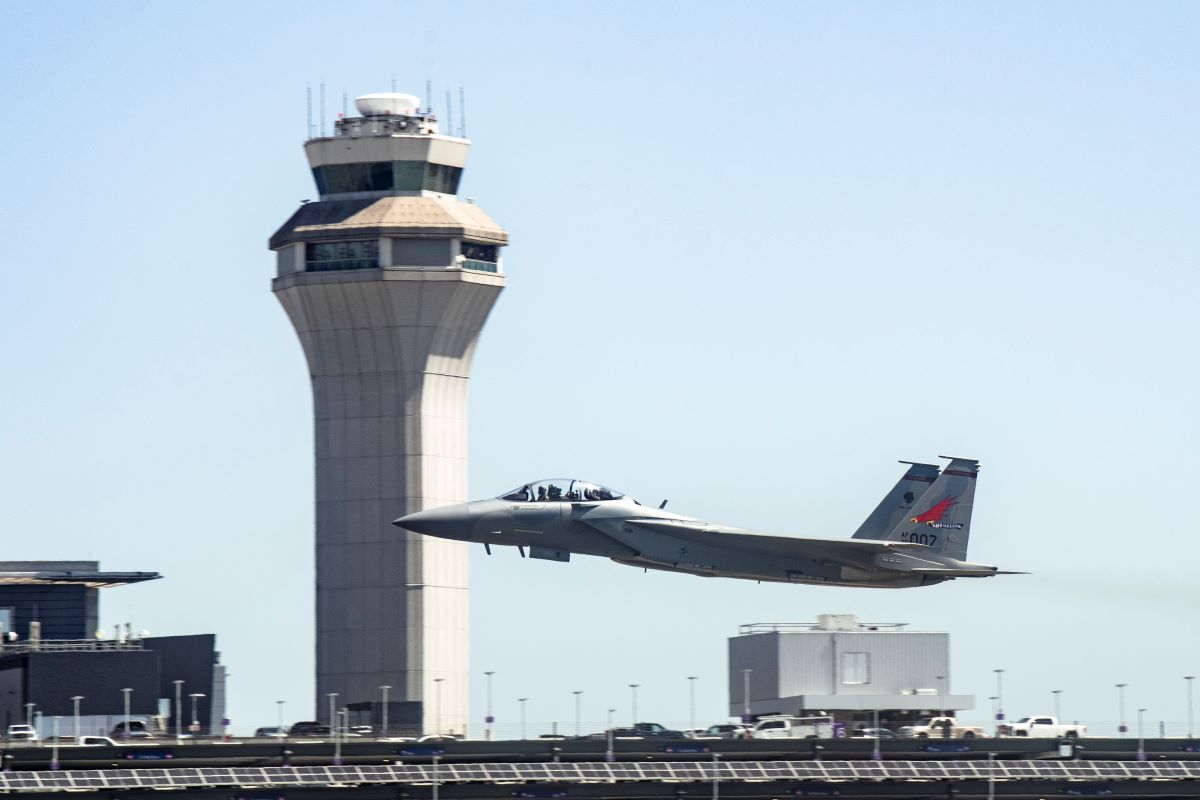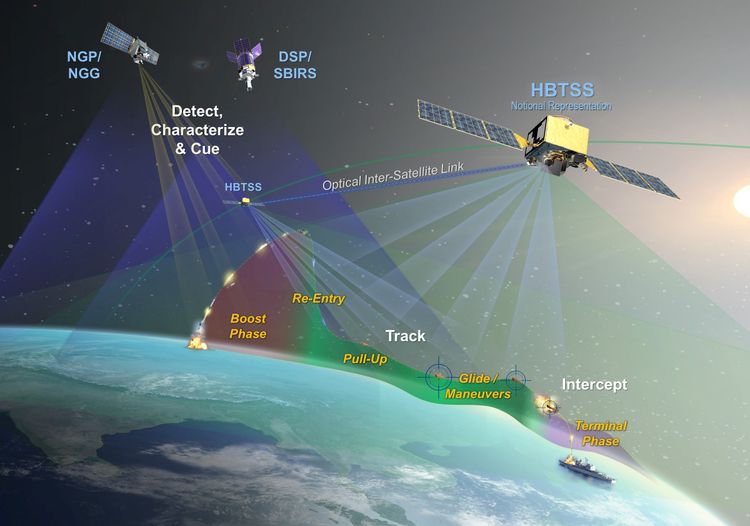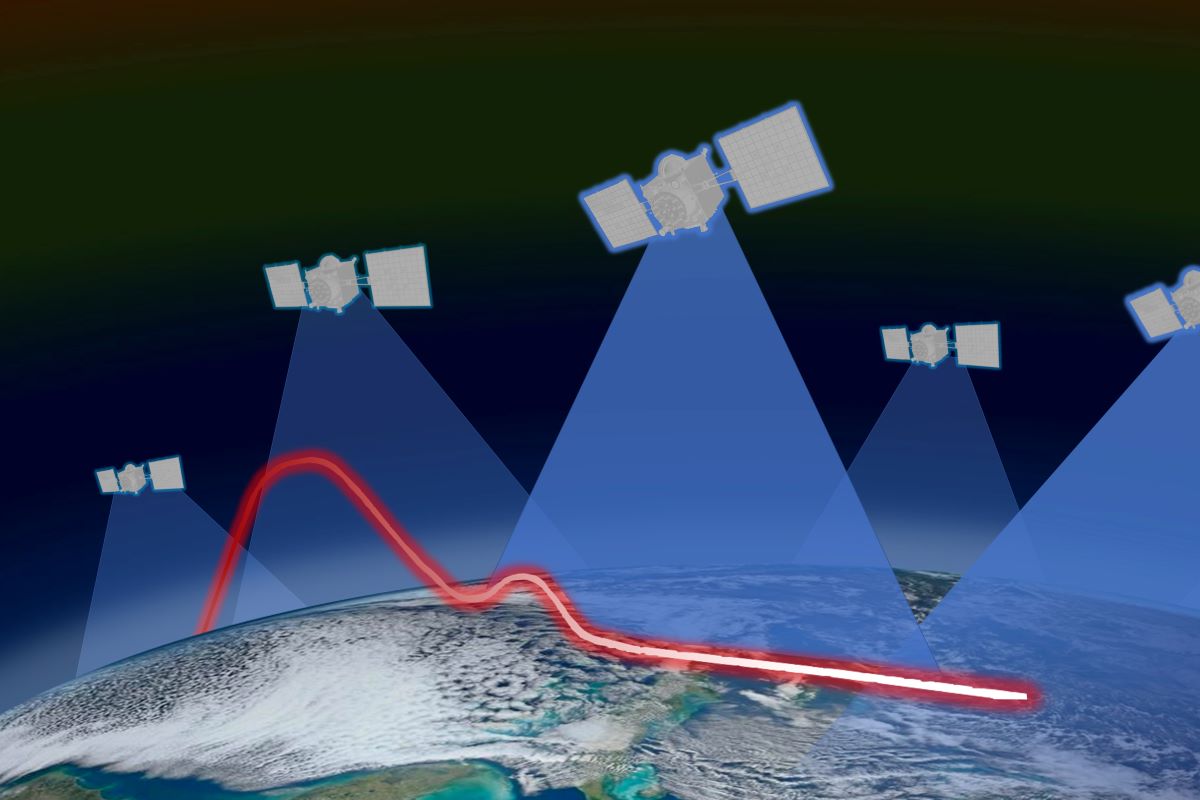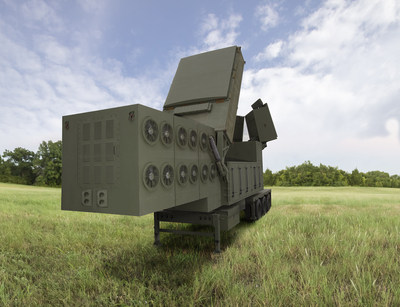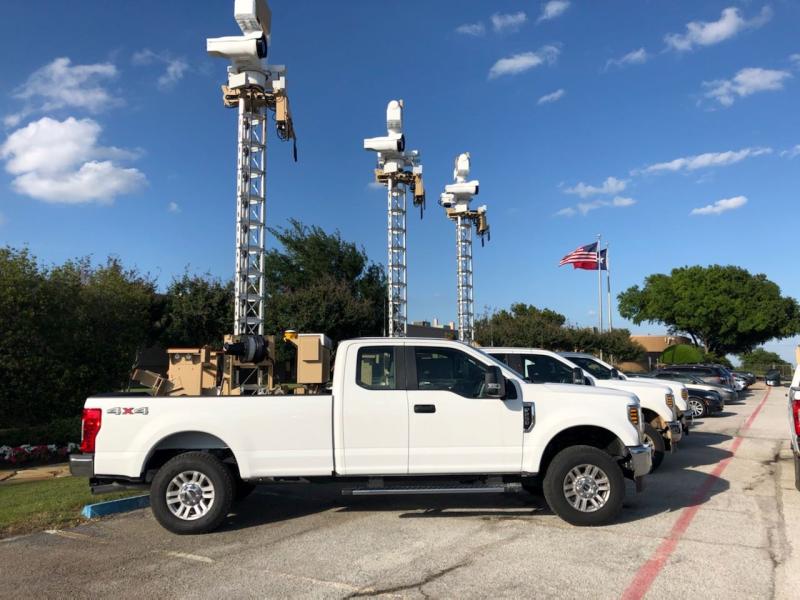Annual operations and support (O&S) unit costs for the Boeing [BA] F-15EX are lower than those for the Lockheed Martin [LMT] F-35, according to the U.S. Air Force Life Cycle Management Center (AFLCMC).
“The $10.8 million cost per F-15EX tail that was identified in the December 2023 F-15EX SAR is a 30-year program average calculated in Calendar Year 2020 dollars,” AFLCMC said in an email response on comparative unit O&S costs. “The F-35A 2022 NDAA Fiscal Year 2027 affordability target of $6.8 million per tail, per year, is calculated in Calendar Year 2012 dollars. The F-15EX’s annual operating and support costs per tail continue to be less than the F-35.”
A December, 2023 F-15EX modernized selected acquisition report (MSAR) released last July contained the $10.8 million, projected O&S annual cost estimate–$4.4 million for maintenance, $3.5 million for unit-level manpower, $1.7 million for unit operations, $900,000 for sustaining support, and $400,000 for continuing system improvements.
“Aircraft operations and support cost comparisons are complex and require consistent operational and economic assumptions,” Boeing said in an email on the F-15EX MSAR cost estimate. “Notably, the F-35 MSAR baseline is in 2012 dollars, while the F-15EX is in 2020 dollars.”
Kurt Schroeder, Boeing’s F-15EX program manager, said in the Boeing email that “various other factors also influence total life-cycle operations, maintenance, and sustainment costs.”
“For example, the F-15EX has a structural fatigue life exceeding 20,000 flight hours, validated by a full-scale durability test which began in 2011, and is based on a current fleet spectrum of maneuvers and usage,” he said. “Additionally, the enhanced wing of current production F-15s will not require initial Programmed Depot Maintenance for 20 years, reducing both flow time and cost.”
“The F-15EX shares significant system commonality with the F-15E, greatly reducing unit and depot activation costs compared to new programs,” he said.
Decisions on fighter force structure lie ahead for the Air Force, which has a plan to buy 1,763 F-35As and 98 F-15EXs. Hundreds of Collaborative Combat Aircraft also are in the mix and may lead to a decrease in the F-35A and F-15EX buys.
“The F-15EX line could keep industrial base pressure on Lockheed Martin, as far as the F-35A goes, but the F-15EX is not going to be cheaper in terms of unit cost sustainment than the F-35A,” one defense analyst said.
